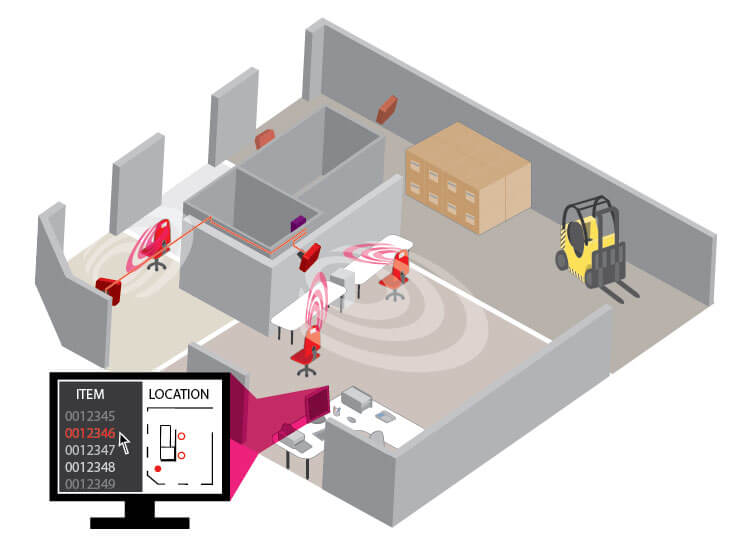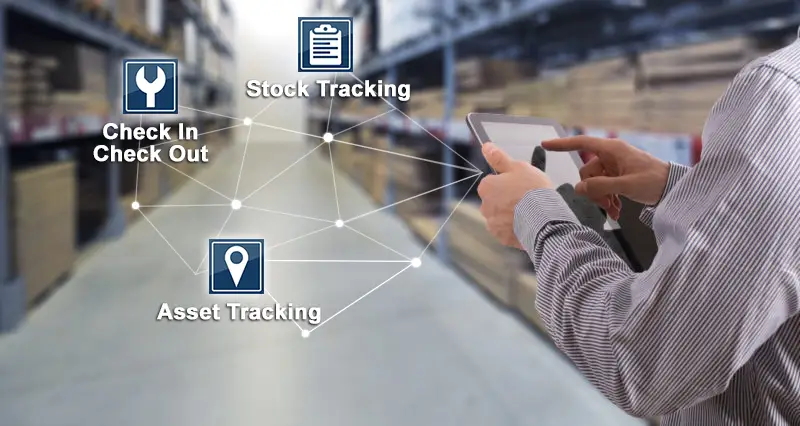Radio Frequency Identification (RFID)- based Asset Management System (AMS) is a strong innovation that is changing the scene of asset management. Generally, RFID innovation utilizes radio waves to peruse and catch data put away on a tag connected to an asset. The data can be perused from a few feet away, not at all like scanner tags that require direct view. The presentation of RFID-based AMS has prompted impressive enhancements in asset management, prompting a scope of advantages for organizations and associations. The asset management rfid tags can greatly enhance the efficiency and accuracy of tracking and monitoring assets.
At its center, RFID-based AMS upgrades the perceivability and command over assets, adding to proficient following and management. This system gives constant updates on asset area and status, lessening the time spent on manual checks and inventories. This quick nature of information obtaining empowers organizations to follow their assets progressively, offering a huge benefit over conventional techniques for asset management.
RFID-based AMS likewise offers further developed precision. Conventional strategies for asset management are frequently inclined to human blunders that can prompt asset removal, misfortune, or harm. Via robotizing the cycle, RFID-based AMS takes out the gamble of human mistake, guaranteeing an elevated degree of exactness in asset following. It expands the dependability of the asset data set by keeping up with refreshed and precise data about the assets. This precise information is crucial for key navigation and for relieving chances related with asset management.
One more significant benefit of RFID-based AMS is cost investment funds. While the underlying execution cost might be higher than customary asset management systems, the drawn out benefits fundamentally offset the underlying venture. This system lessens the time and work required for manual asset management, prompting decreased functional expenses. Besides, the high level following capacities forestall asset misfortune and burglary, which could somehow bring about significant monetary misfortunes.
Moreover, RFID-based AMS additionally works with better upkeep and lifecycle management of assets. With this system, organizations can undoubtedly follow upkeep plans, guarantee periods, and substitution dates, guaranteeing ideal usage and broadened life expectancy of assets. The capacity to actually deal with the asset lifecycle can bring about massive expense reserve funds and worked on functional productivity.

RFID-based AMS likewise plays a urgent part in administrative consistence. Numerous businesses are expected to consent to guidelines in regards to asset management. Inability to consent can prompt heavy fines and punishments. RFID-based AMS works on consistence by giving a precise, continuous asset register, guaranteeing all assets are represented and overseen fittingly.
At long last, RFID-based AMS upholds versatility. As organizations develop and their asset bases extend, conventional asset management techniques can become lumbering and wasteful. Then again, RFID-based AMS can undoubtedly oblige a developing asset base without forfeiting proficiency or exactness. It gives a versatile arrangement that can develop with the business, making it a future-confirmation venture.
In Conclusion, RFID-based AMS fundamentally further develops asset management by giving ongoing and precise following, lessening costs, upgrading upkeep and lifecycle management, supporting administrative consistence, and offering versatility. Therefore, asset management rfid tags can be enhanced with the implementation of RFID tags.
